Why do we associate craft with tradition rather than innovation? When did we start considering craft a distraction rather than a profession? Who turned the craftsperson into a tradesperson?
And how does craft relate to our practise as architects? It is widely understood that our profession is the result of relinquishing our association with manual work on the building site and instead, making creativity and ideas central to our practise.
Whereas in the German language, the most accurate translation for the term craft is ‘Handwerk’ [= handy work], sociologist Richard Sennett observes that craft in English is not exclusively associated with manual labour and that it can also be used in the context of other artistic pursuits, such as making music. A craftsperson, Sennet writes, distinguishes themselves through ‘their dedication to good work for its own sake’. Crafting, he writes ‘represents the special human condition of being engaged’.
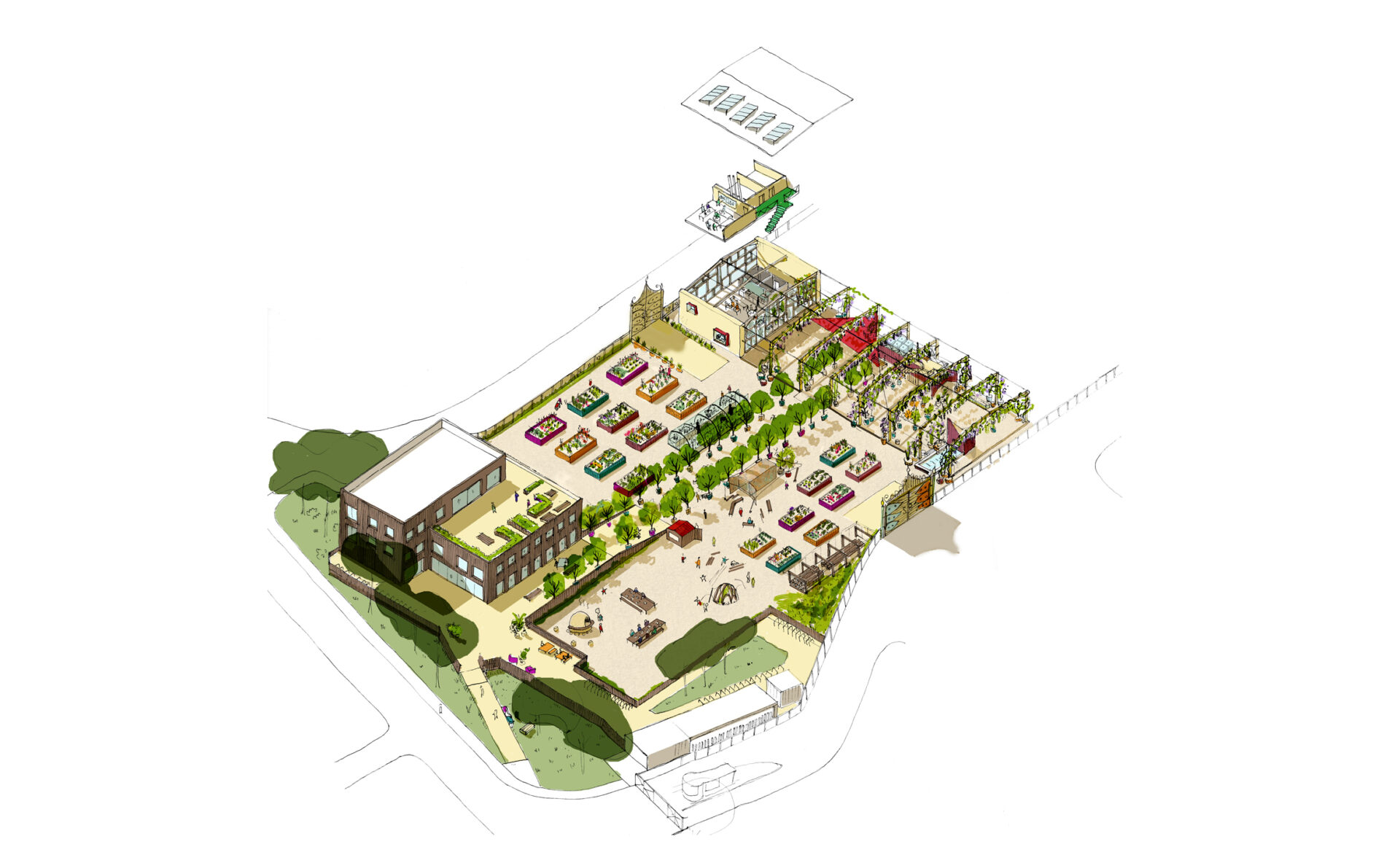
Engaged with what? Being engaged with a physical and a social context is an essential pre-requisite to realising civic objectives. Engaging with communities is fundamental to what we do. Engaging with the way things are made and those that make the things we draw defines the spatial consequence of our work. So engagement really is no special human condition after all, it’s the baseline, i.e. no architecture without engagement, we would say. Does that make every architect also a craftsperson?
Maybe not. That’s where Sennett’s second condition comes to bear, the dedication to ‘good work for its own sake’. This one is harder to define. It would be neither desirable nor possible for everyone to agree what makes good architecture. Although, if there is a true dedication to a good working process, does that validate the outcome? I would say yes, to a certain extent it does. Most people would give credit for genuine and dedicated trying even if they were displeased with the final outcome.
What are the hall marks of good work in our profession? There will be a few that are generically accepted such as technical skill and competence and fairness and honesty.
For us here at JKA our craft is in our vocation to think beyond. Beyond the task at hand. Beyond the lifespan of the project. Beyond our profession. Beyond the individual. Beyond the ordinary. Craft is our profession, craft is our route to innovation and craft is our response to the climate crisis, because those who think beyond, create a legacy by small means.
We want to talk about two projects to explain the principle, Wilderness Street and the Paper Garden.
Wilderness Street is the title for a temporary living urban landscape that we are installing in Ilford Town Center in the spring of ‘22. We identified Oakfield Road as a key route that binds together Ilford’s most important cultural venues and the high street.
Before large-scale urbanisation started from the C19, the Ilford, Barkingside and Hainault area was characterised by forests, fields and meadows. Our design strategy seeks to temporarily revive these lost landscapes. We have selected Uphall Camp Beacon, the former Royal Forest of Hainault and the Essex Grazing Marshes as blueprints for plant species and landscape character to be replicated by our proposal for Oakfield Road.
The project advocates for the preservation of ancient natural landscapes and their role in maintaining biodiversity and supporting well-being. A series of community events and workshops around the theme of landscape including planting workshops, a forest feast and a greenhouse gallery are programmed for the duration of the project.
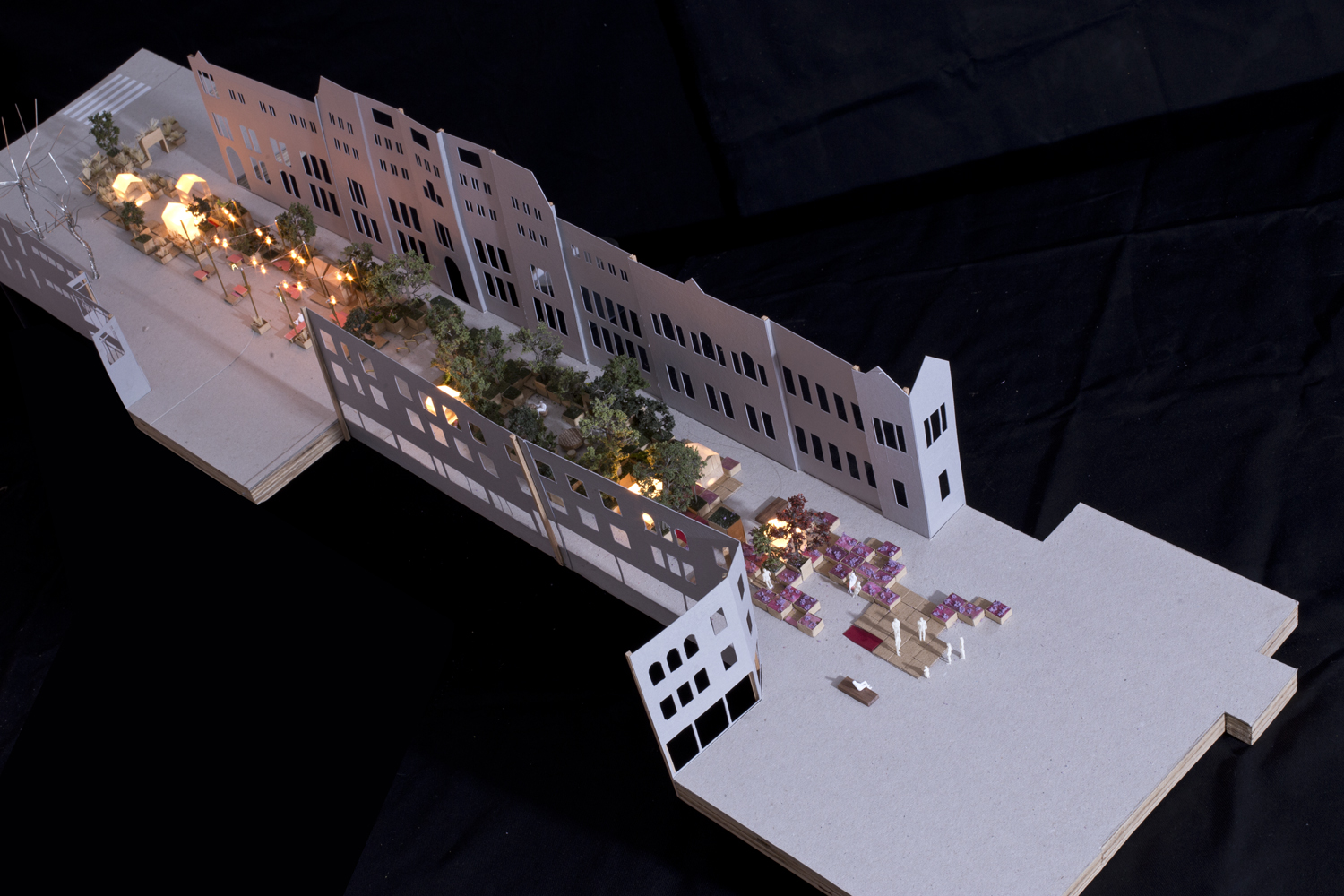
The legacy strategy will see all planting including one hundred indigenous trees and thousands of shrubs given away to community organisations and Ilford residents at the end of the project. And lots of people have come forward already even before the installation is set up on site. Enticing local people to adopt the plants will see elements of the ancient Essex landscape re-instated in public places in Ilford, in peoples’ gardens, front gardens, planters and allotments. The legacy of Wilderness Street is greater than the project at hand. On Oakfield Road for just six months, the unusual superimposition of the landscape on the urban realm and the engagement therewith will generate memories of a lifetime. And who knows, some of the oaks and beeches may still be growing in someone’s back yard in 200 years’ time.
Wilderness Street is a public project. It’s success hinges upon everyone becoming engaged. That includes all of us here at JKA. So when a scale model of the design was needed, everyone participated. Some of us know how to operate the cutting plotter, others are better with the circular saw and I did the wiring for the lights.
The Paper Garden is Global Generation’s new home in Canada Water. The charity had been occupying part of the disused Daily Mail printing press and adjacent car park to host their family- and youth leadership programs for the past 4 years when an opportunity came up to move to a larger site nearby. In line with the environmental objectives of the charity, we set ourselves an unprecedented task: building an educational building for the garden entirely from reclaimed and surplus building materials. For many reasons this is a timely proposition. Yet, we quickly found out why no one had attempted it previously. The entire design and statutory process in the UK is conceived to predict and foresee the visual and performative attributes of a building. This becomes an impossibility when you don’t actually know what materials will become available as you proceed with the built.
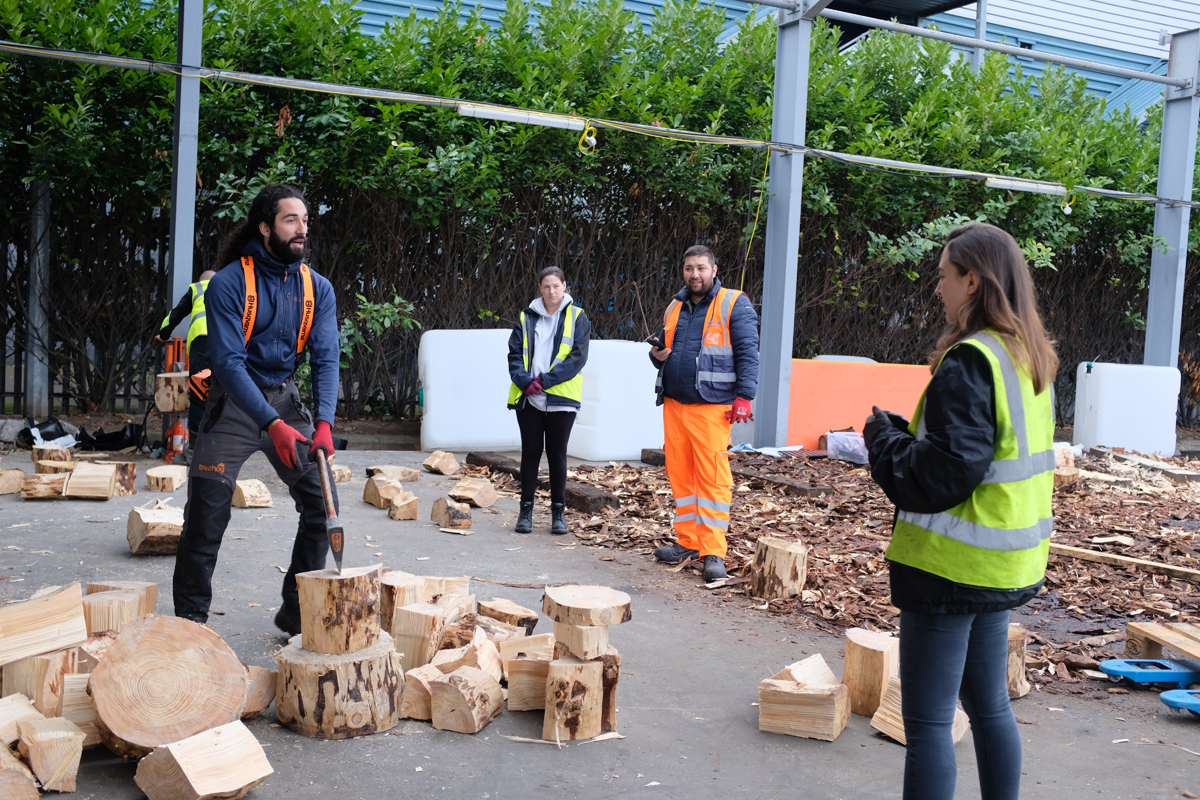
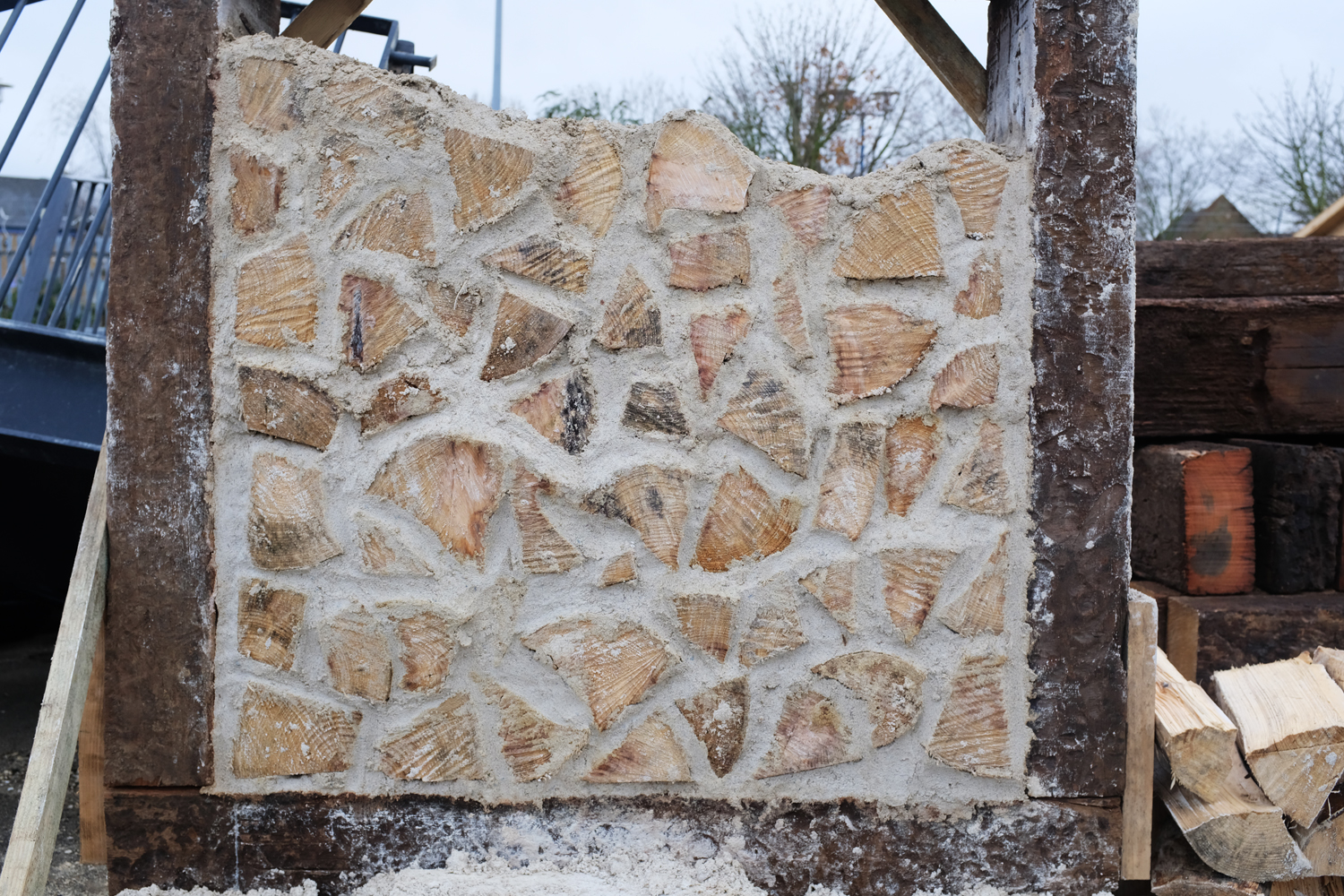
Fortunately we had plenty of help from some of the smartest and most generous people around. Individuals and companies from Sweco to Network Rail, Wates to British Land, Watermans to Nordan have donated materials and time to make the project happen. Works started on site during the autumn. The two main walls of our building are made from cordwood, an ancient technique using short length of wood logs and lime mortar. The City of London’s forestry team in Epping Forest has provided lorry loads of logs and branches which an army of volunteers and the amazing team from YesMake have been debarking on site.
The Paper Garden building will stand as a beautiful sequence of spaces to host Global Generation’s educational programs, it is continuing to make memories for all those who are helping to design and build it and it will stand as an inspiration to those who are serious about making a difference.
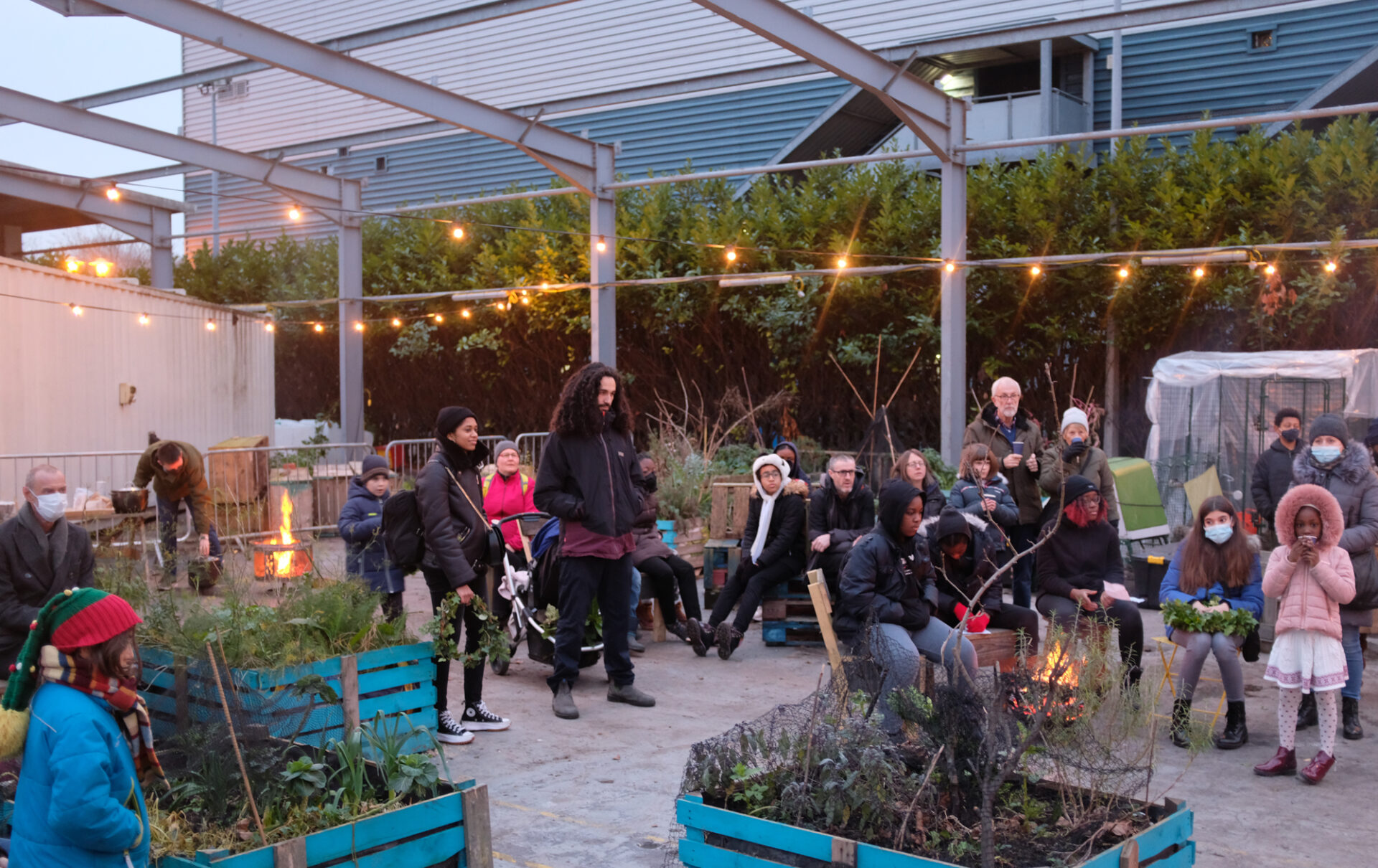
[1]Richard Sennett, The Craftsman